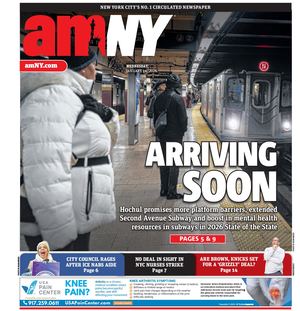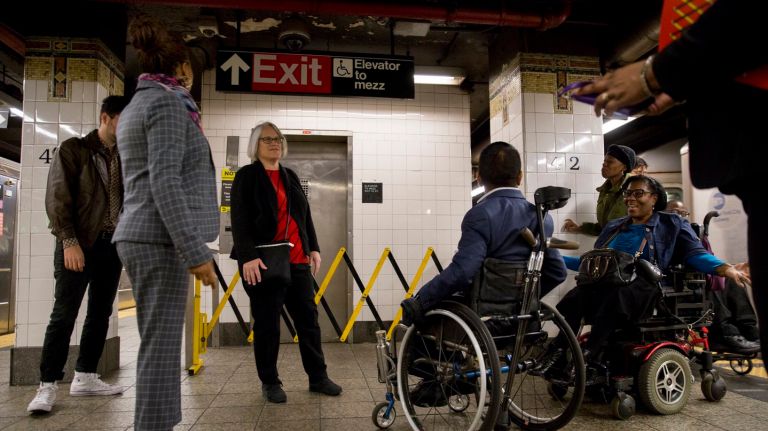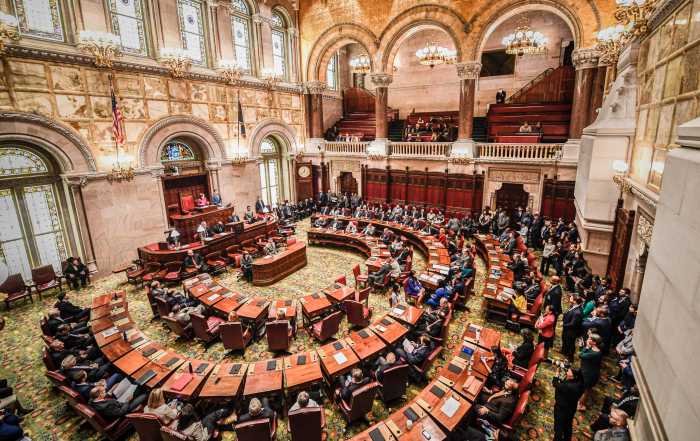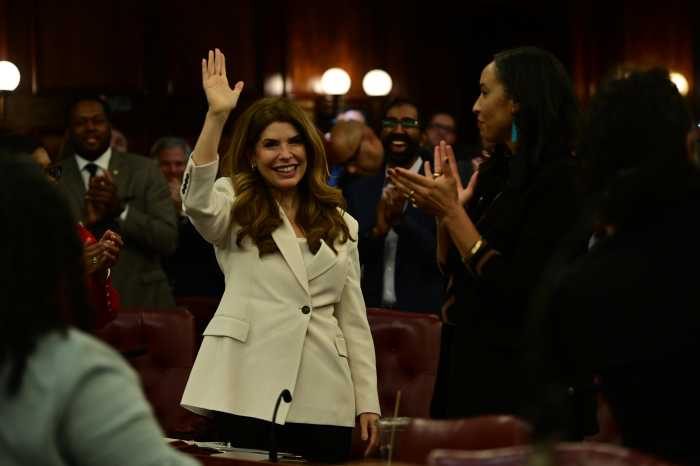
The notion that some downtown Manhattan residents object to the MTA’s attempt to add an elevator to the Broad Street J and Z subway station is both ludicrous and horrifying.
Some residents of a nearby apartment building claim to be worried about terrorism, but neither the MTA nor the NYPD shares those concerns. The elevator is being paid for by a developer in exchange for extra square footage in the mixed-use building he’s erecting on Broad Street. In reality, there’s no downside.
And if residents fret that an elevator for disabled riders and those with strollers and luggage could hurt their property values, well, then, tough. In a city where more than three-quarters of the 472 subway stations don’t have elevators, and where Access-A-Ride vans and cars aren’t always reliable, residents should clamor for more access, not less.
Nowadays, it’s hard enough for any subway rider to have a stress-free ride. Now imagine doing it in a wheelchair when many stations don’t have elevators. Other stations have broken elevators, leaving passengers stranded on platforms until someone can help. All this nearly 28 years after the Americans With Disabilities Act became law.
NYC Transit President Andy Byford, who’s new to the job, says accessibility is one of his top priorities. Now, he has to show it. Byford says he’ll evaluate existing elevators, maintenance and MTA communication. That study and resulting changes need immediate focus. And while officials say the MTA’s capital plan has funds to make 25 more stations fully accessible, even more needs to be done. Start by creating a user-friendly app and an improved website so commuters can see the status of elevators — and the plans and timetable for any station without one.
Then, the MTA has to plan for the long-term so accessibility is constantly at center stage. The agency should encourage financing of elevators through deals with developers like the one on Broad Street. Residents have a role, too, through advocacy and support for such access, even if for now they don’t need elevators themselves.
Adding elevators has to take on urgency. It’s the only way to give all subway riders a lift.







































